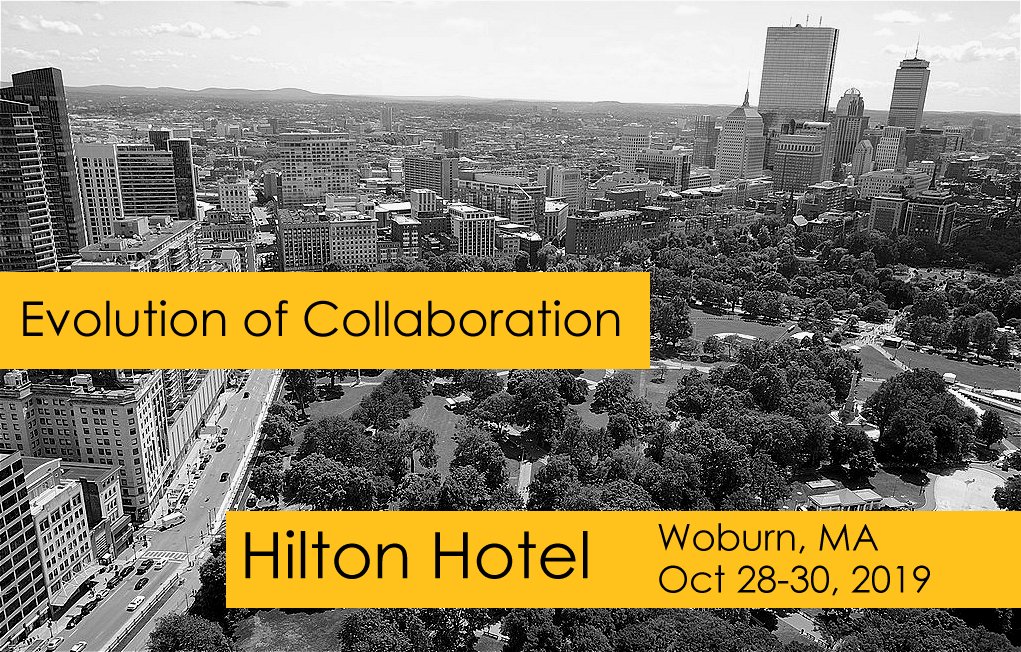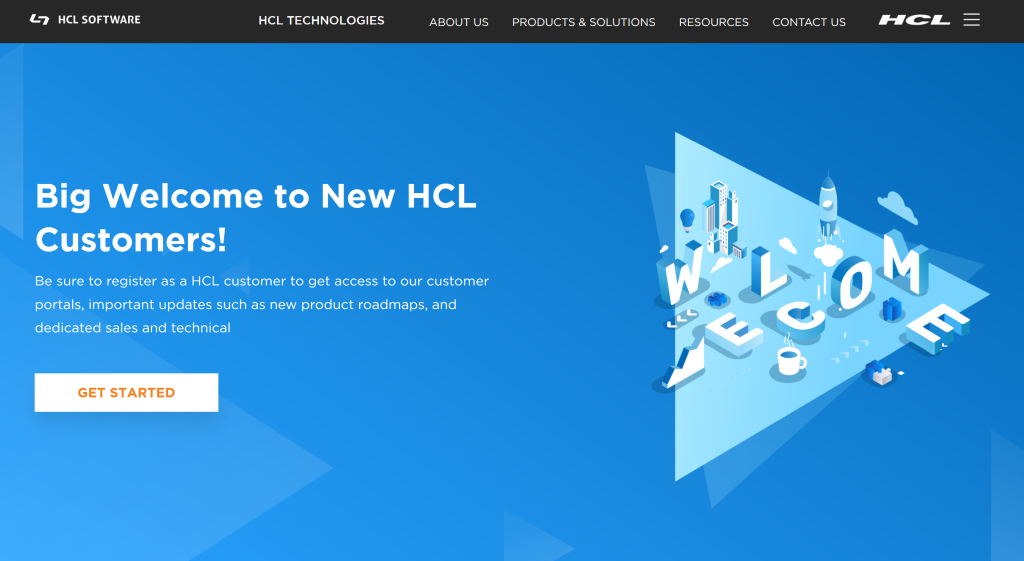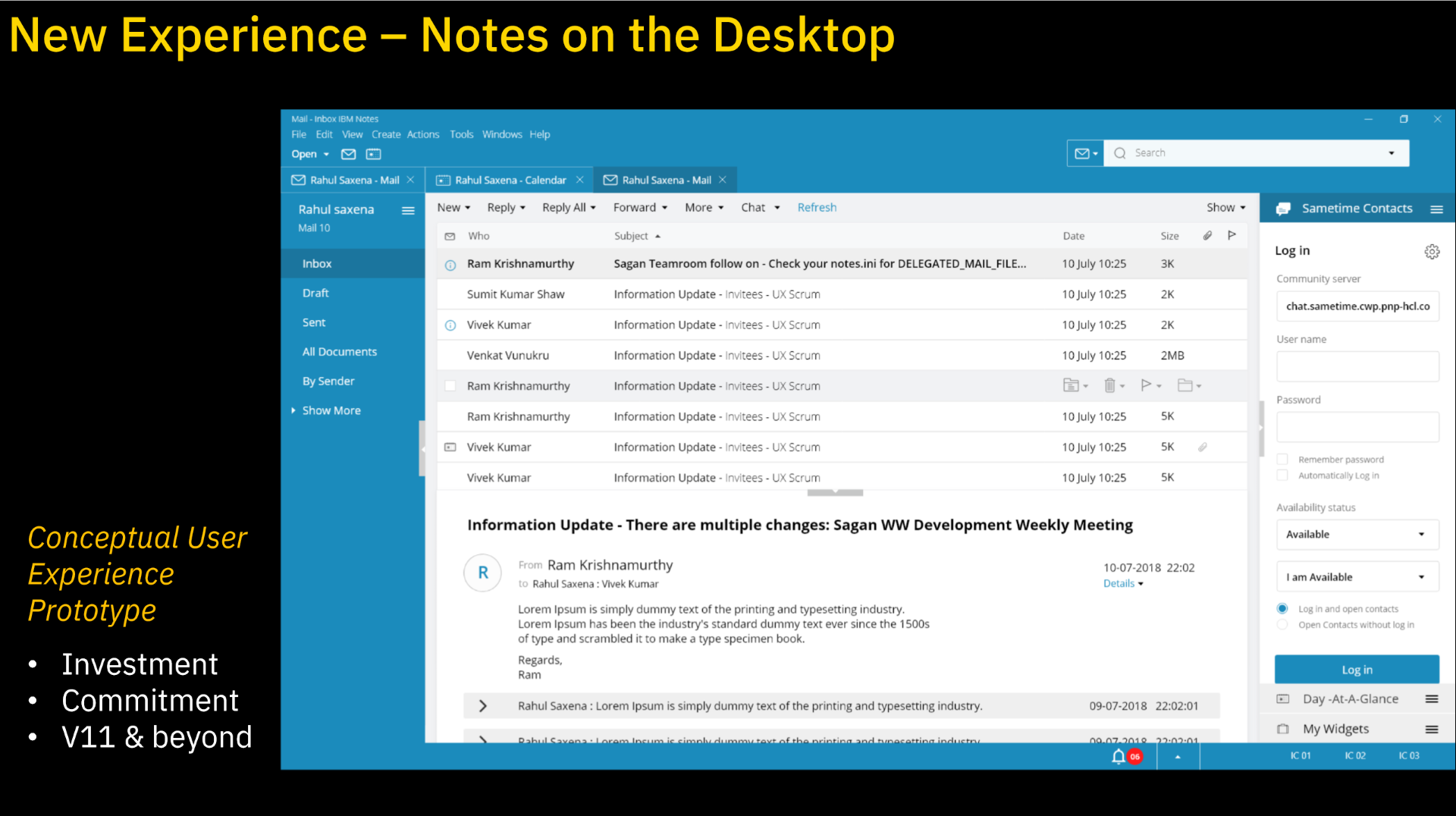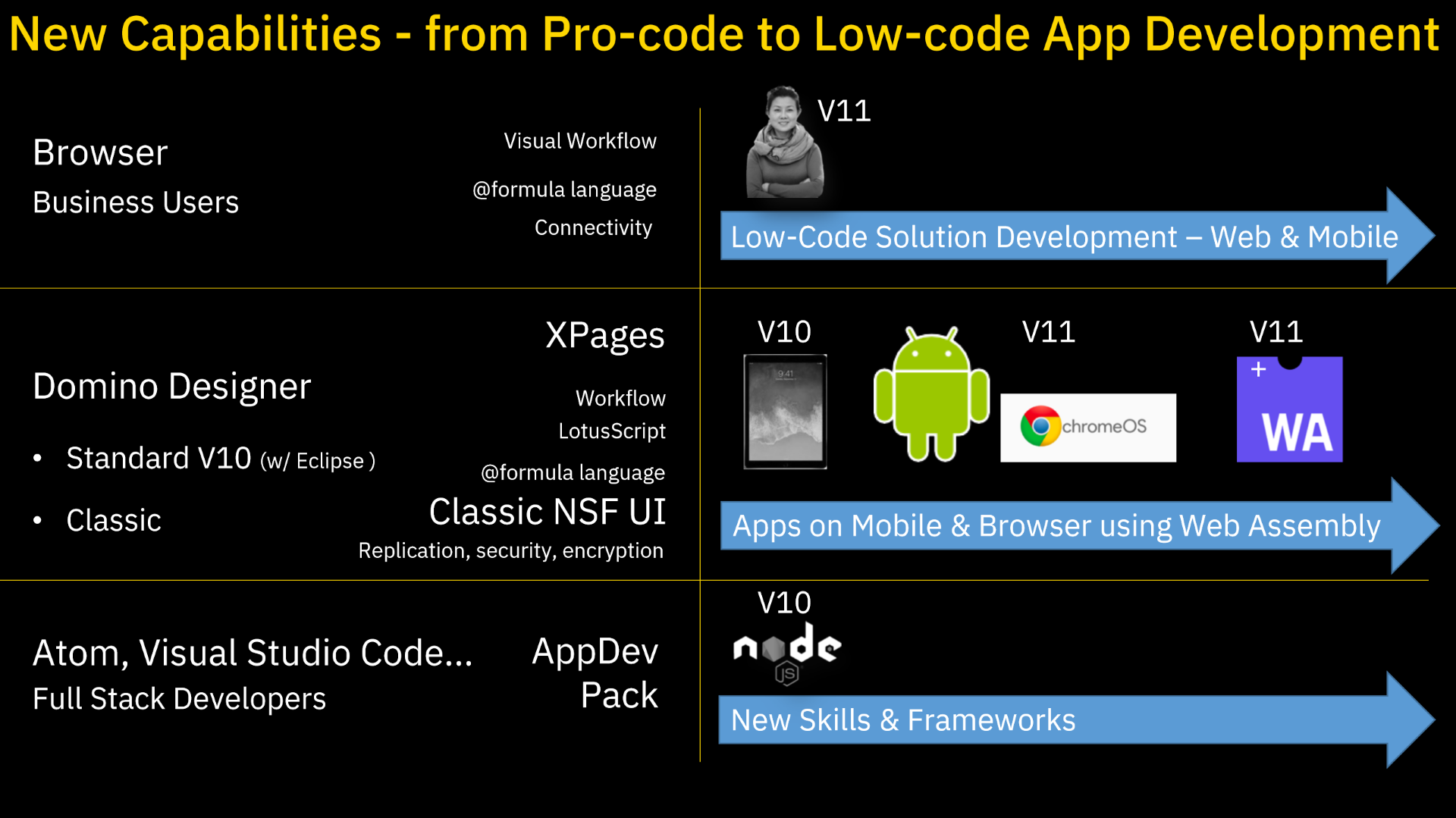The deadline to submit an abstract for sessions at CollabSphere 2019 is tomorrow, Sunday August 18. If you want to speak at the conference, you don’t have much time to act.
So why would you like to speak at CollabSphere? Perhaps your reason is the same as mine was when I started speaking at conferences: I wanted to give back to the community from which I had learned so much over the years. I wanted to share my knowledge with other developers, and perhaps inspire them by showing what could be done with Notes and Domino.
What if you are afraid of public speaking? That is absolutely normal. With practice you get more used to it, and one place where you can practice it in a safe and encouraging environment is at Toastmasters, an international organization focused on public speaking and leadership. There are local Toastmasters clubs all over the world, and you can join at any time.
Even if you are not speaking, you can still register to attend the conference. This year it is held in Boston, close to the HCL office in Chelmsford, and we can expect a lot of exciting news about Notes and Domino 11 (which is due in the end of the year), and perhaps even about Domino 12. This is a can’t-miss conference!


 HCL Software today launched a
HCL Software today launched a  The development of Notes and Domino 11 has already started. As a matter of fact, HCL started working on that version even before Domino 10 was released. Several Domino 11 jams have been taking place already, withmore to come. Version 11 will focus on the client, while version 10 had the focus on the server and development functionality. But we developers have things to look forward to in Notes 11 as well.
The development of Notes and Domino 11 has already started. As a matter of fact, HCL started working on that version even before Domino 10 was released. Several Domino 11 jams have been taking place already, withmore to come. Version 11 will focus on the client, while version 10 had the focus on the server and development functionality. But we developers have things to look forward to in Notes 11 as well. I think it is very important that the new low-code development functionality work seamlessly with traditional Domino development, like HCL is aiming for. Imagine a user in the accounting department who comes up with an ide for an application that would improve their efficiency. The user begins to build a simple application using the Domino low-code/no-code environment. P
I think it is very important that the new low-code development functionality work seamlessly with traditional Domino development, like HCL is aiming for. Imagine a user in the accounting department who comes up with an ide for an application that would improve their efficiency. The user begins to build a simple application using the Domino low-code/no-code environment. P It is now just 8 hours until IBM and HCL will unveil the brand new version of the collaboration platform Domino. On October 9, at 10:15 CEST, the audience at Think Germany in Frankfurt, Germany will be the first to see the new version of Domino and Notes 10. The next day, October 10,there will be launch events all around the world.
It is now just 8 hours until IBM and HCL will unveil the brand new version of the collaboration platform Domino. On October 9, at 10:15 CEST, the audience at Think Germany in Frankfurt, Germany will be the first to see the new version of Domino and Notes 10. The next day, October 10,there will be launch events all around the world.